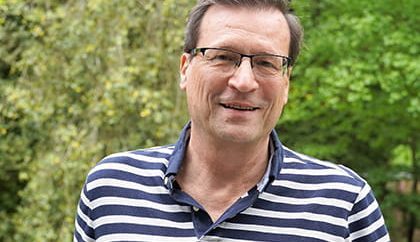
Philipp Podsiadlowski
Klaus Tschira Guest Professor, May, October – December 2023 Outside his office window lies the lush, spring green part of the HITS garden, …

Sarbani Basu
Klaus Tschira Guest Professor, September – November 2022 “It´s almost like being a postdoc again”, says Sarbani Basu, sitting at the desk …
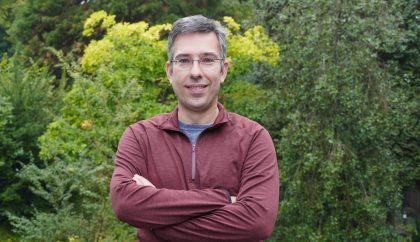
Antonis Rokas
Klaus Tschira Guest Professor, June – September 2022 He steps out onto the terrace and enjoys the view of the garden, which is …
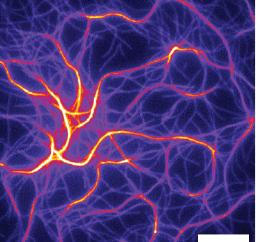
Holding on to letting go – the Power of Bonds in Cell Stability
Two-component adhesives are a brilliant invention. Scientists at the Heidelberg Institute for Theoretical Studies (HITS) have found that the principle behind …
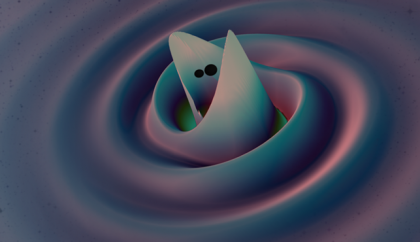
The Universal Sound of Black Holes
They are mysterious, exciting and inescapable – black holes are some of the most exotic objects in the Universe. With gravitational-wave detectors, …
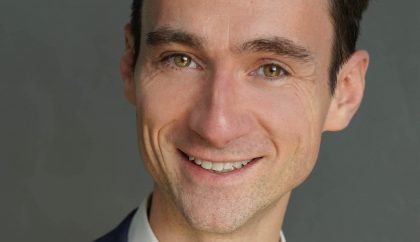
New SIMPLAIX PI: Tristan Bereau
Computational physicist Tristan Bereau, professor at the Institute for Theoretical Physics, Heidelberg University, has been appointed new Principal Investigator in the …
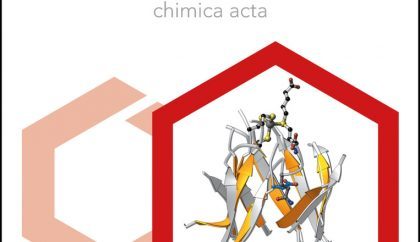
Anya’s author profile in Helvetica Chimica Acta
Read Anya’s thoughts on the challenges and future of computational chemistry, find out why she became a computational chemist, and …
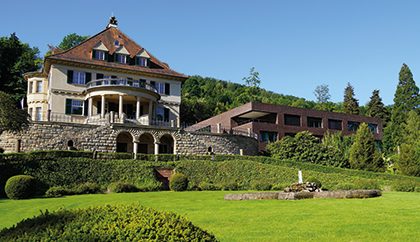
HITS: Call for “Journalist in Residence” in 2024
Call for 2024: HITS Journalist in Residence program open for applications. Deadline: 28 September 2023
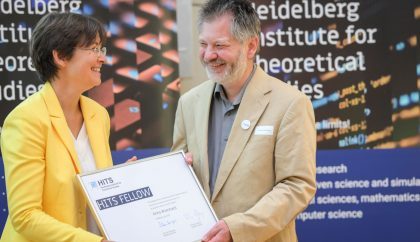
A special honor for a splendid scientist
Former HITS group leader Anna Wienhard received recognition as a “HITS Fellow”, the highest distinction that the institute awards. The award …
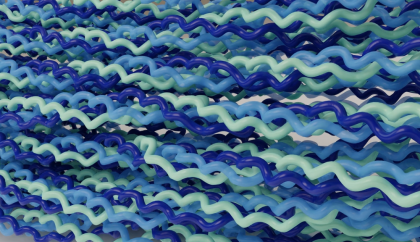
The sacrifice within – how collagen’s weak bonds help protect tissue
HITS researchers publish new findings on collagen, the most abundant protein in our body: So-called “sacrificial bonds” in collagen break faster …